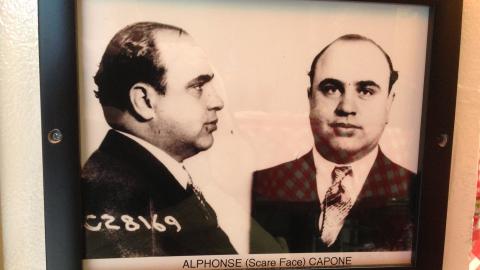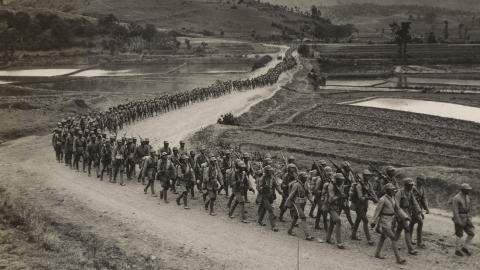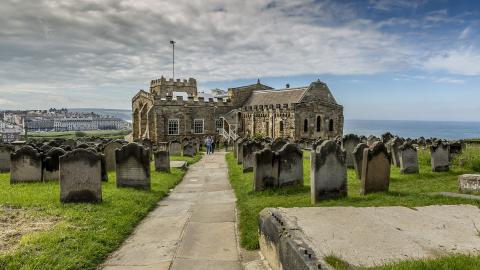Prohibition Era
They were careless people, Tom and Daisy -- they smashed up things and creatures and then retreated back into their money or their vast carelessness or whatever it was that kept them together, and let other people clean up the mess they had made.
F.Scott Fitzgerald
By 1920 more Americans live in urban than rural areas. Millions of these city people are new immigrants. The economy booms, partly as a result of The First World War, especially in the stock markets. Many worry the puritanical past of the Pilgrims settlers is being forgotten in a haze of rich partying. This decadence is immortalised in the F. Scott Fitzgerald book about the materially wealthy but spiritually impoverished, ‘The Great Gatsby’.
THE DEVIL’S DRINK
These fundamental changes threaten a core of white, Anglo Saxon Protestants or WASPS. With a saloon or bar for every 300 people, the destructive effects of modern living are crystallised in a prohibition on alcohol, or as the Americans call it, ‘liquor’. Congress first passes the 18th Amendment in 1917, but it’s not until 1919, with the Volstead Act, that it starts to be enforced country-wide.
There is a broad coalition against alcohol. Industrialists are against it because of the loss of worker productivity in their factories. The newly enfranchised women (they win the right to vote in 1920) campaign against the domestic violence that often accompanies the drunken husband. Some politicians believe it will cut crime as half of all crimes are said to involve alcohol.
In fact, prohibition will provide the money and the manpower to not only finance organised crime but to corrupt politics and the police for decades to come. It criminalises a nation of citizens. During Prohibition, even the President has a wine cellar.
1929: MASSACRE & CRASH
In 1929, the St Valentines Massacre (where mobsters blatantly massacre each other in the streets) and the Wall Street Crash (where investors are said to commit suicide off their office windows as they realise their paper fortunes are worthless) ends the swinging, golden twenties.
Al Capone is America’s biggest crime boss and is suspected of authorising the Massacre. But he’s untouchable until an accountant, Frank Wilson, uses the 16th Amendment, the right to pay personal income, to show not that Capone is a criminal, but that he has been evading taxes. In 1931, Capone is sentenced to 11 years in prison.
In 1933, the government repeals the 18th Amendment. Whatever the social cost of alcohol is, the economic cost of lost taxes is too great. It is the only time in American history that an amendment to the constitution is repealed. Prohibition has been such an unmitigated disaster on virtually every level that it is also arguably one of the last times that the WASPS get to dictate national policy to America.
Did you know?
As an example of how much alcohol there was around, as stated, there was a bar for every 300 people in 1920s America. But to place that in context, that’s twenty times more than there is today., Prohibition was perhaps most widely ignored in Franklin County. 99 out of 100 residents were said to be involved in the illicit trade. , Stock car racing owes much of its origins to the ‘souped’ up or ‘pimped’ up cars that bootleggers used to outrun law enforcement during prohibition. By forcing more air into their cylinders, they could achieve speeds of 75mph, far faster than the police. Even in today’s stock car races, there’s a manoeuvre called ‘the bootleg turn’.
















